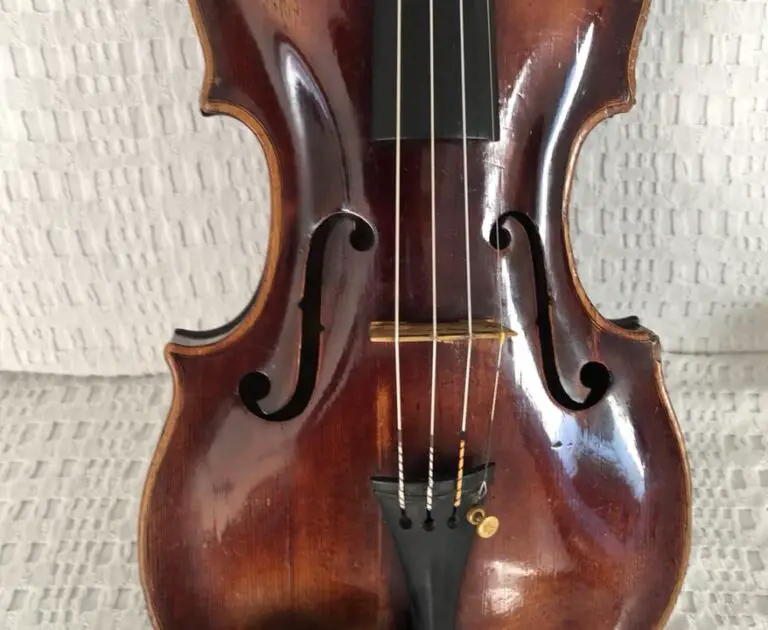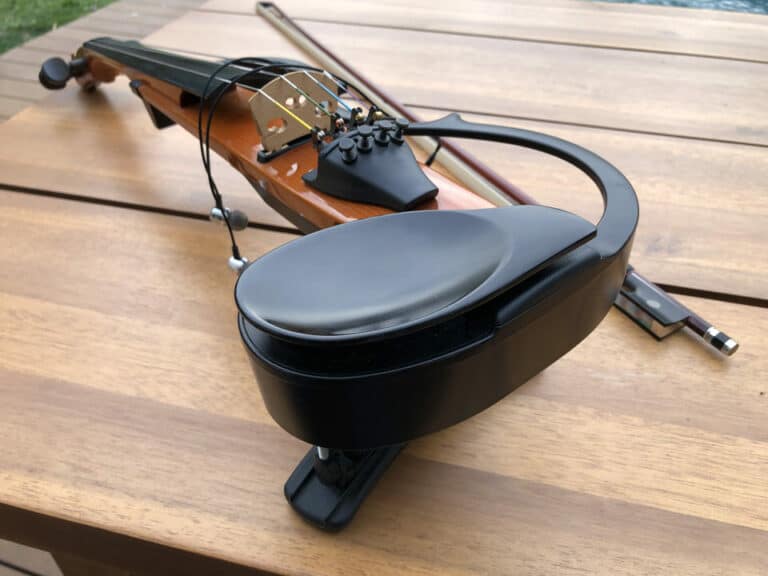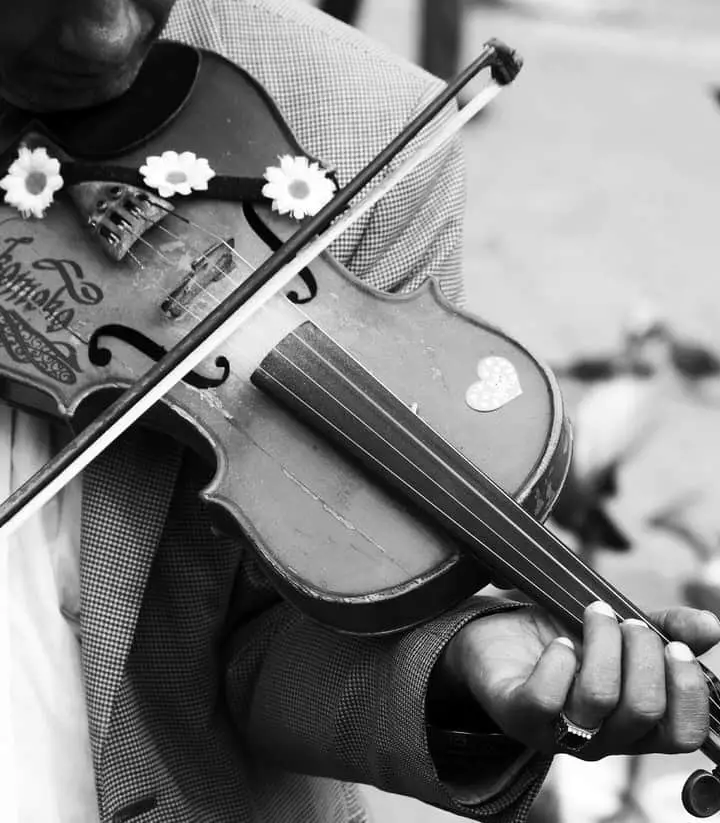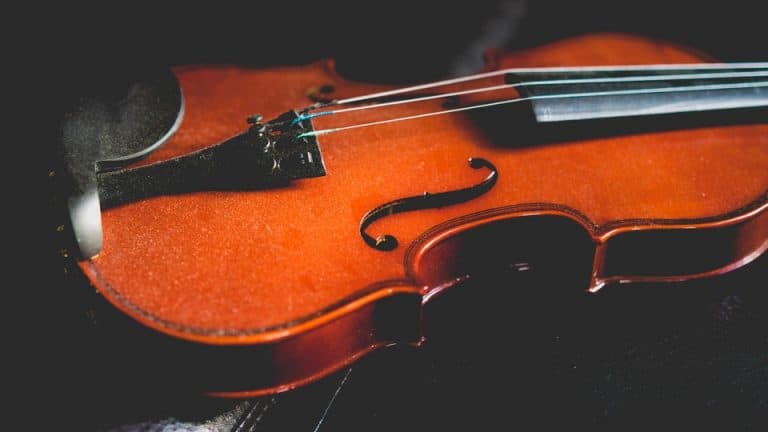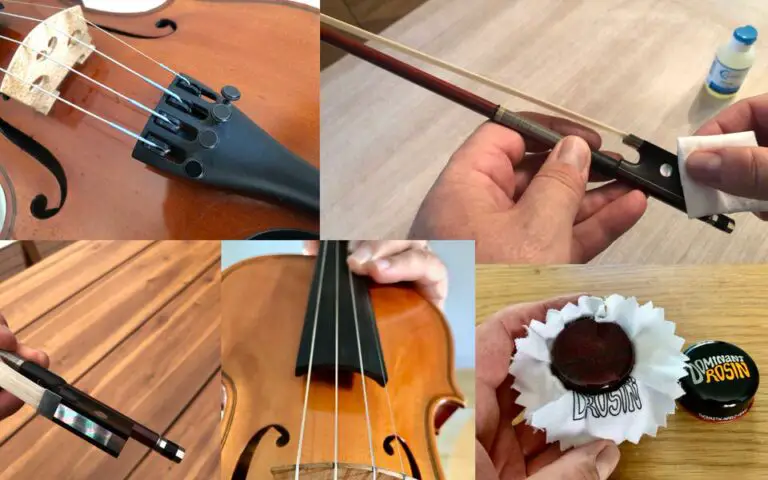How to Take the Plane with a Violin or Viola
Thanks to the endless stream of flight stories shared around the internet these days, flying out to a gig can be just as scary as it is exciting for some musicians. At the end of the day, though, there’s a lot of people that do this kind of thing for a living. Do you think they have to buy a new violin or viola every time they land? Of course not! Instead, they come prepared. Avoid disaster by getting ready in advance.
Prepare your string instrument for air travel
The first step to a smooth travel experience starts with your violin or viola.
Choose a hard, sturdy, and weatherproof violin case
When it comes to flying with a violin or viola, you’re going to want to make sure your case is up to the task. Not just any old case will do. It would be best if you had something that can withstand the potential perils of flight while maintaining a low enough profile to be carried and stored comfortably on the aircraft. Opt for something rugged but not too heavy. It’s also a good idea to make sure the case has carrying straps on the back.
There are many cases designed specifically for this purpose, some of which even omit bow carrying space to ensure the case will fit into your overhead compartment.
Pack your violin correctly before boarding
First of all, loosen your instrument’s strings. The atmospheric variations you’re bound to experience during your flight are known to be very, very unfriendly towards delicate instruments such as your violin or viola.
Once you’ve loosened your strings, you’ll want to pad the space around your bridge, so it doesn’t come loose during transit. Please do the same for your instrument’s neck, tailpiece, pegs, and around the instrument as needed to keep it secure. To be completely safe, wrap the entire instrument before securing it in its case.
The last thing you want is vibrations or repeated motions during the flight.
Pack your bow with care
Loosen the hairs on your bow just as you do whenever you’re not playing. If you can, it’s a good idea to get a separate case for your bow for the added security that nothing will come loose in your violin or viola case during your flight. Whichever way you store it, though, carefully wrap your bow as well.
Measure and weigh your violin case beforehand
Most airlines have written size and weight limitations for carry-on storage. To ensure your violin or viola doesn’t get rejected once you show up to your flight, check its dimensions and weight and document them ahead of time to avoid any complications once you’ve boarded.
Take a hygrometer
Absolutely, without a doubt, always take a hygrometer when flying with a violin or viola. If you think air moisture variations are a matter of concern when you’re playing at home, just wait until your instrument is stored in a pressurized cabin thousands of feet in the air before stepping out into a completely new environment from where it’s normally played. Your violin or viola is not guaranteed to have an issue amidst your travels, but you really do not want to take a chance on this, especially when you should keep an eye on these things even when you’re not traveling. Always monitor your moisture levels!
Make sure your instrument isn’t made of illegal materials
Although it was safe to gather materials for violins back when they were first invented, renewability has dwindled over the centuries, and conservation efforts may be at odds with your instrument today.
The case for Ebony
There’s a good chance your violin or viola fingerboard is made of Ebony. It seems Ebony is safe for now in most places, but many ebony sources have been considered endangered. Still, sustainable re-plantation and well-managed forests will prevent that wood from being blacklisted eventually. Be careful about this going forward.
What material to be careful about
Other than that, look out for the following materials when preparing your travel, as they are all outlawed to varying degrees depending on where you’re traveling to or from:
- Tortoiseshell
- Ivory
- Pernambuco wood
The good news is that these materials are all more common in bow construction than violin or viola construction, so if you happen to have a bow made of any such materials, the fix may be as simple (and comparatively cheap) as buying a new bow for traveling. There are certain exceptions with some materials and international travel as well, mostly regarding the bow’s age.
Provide proof of your instrument’s materials
Let’s be honest: most airport staff out there won’t have an encyclopedia of violin materials on hand. They’re trained for their job, and if they have reason to suspect your luggage has something illegal on board, they’ll do what they’ve been trained to do.
Rather than risk such a nightmare scenario, be prepared to prove that your bow and instrument aren’t constructed with any banned materials.
Contact your viola or violin manufacturer ahead of time and ask for a material sheet for your instrument and bow. Keep a copy both in the case and on your person if possible. If you’re traveling with an older or specially crafted instrument and no such manufacturer can be contacted, check if your invoice for the instrument states its materials, or get the instrument examined by a professional who can then provide you with documentation to confirm its legality.
Have the relevant law on hand
Just to be sure the airport doesn’t ruin your day, familiarize yourself with the law while preparing your travel and keep a printed copy of it on hand to prove yourself to the staff if necessary.
The problem with traveling in the US
The US in particular, will make you jump through quite a few hoops when traveling through the country. As if the federal law wasn’t problematic enough, different states may have their own regulations on the matter as well the law continues to change. These laws are in place to discourage the continued poaching of the endangered animals. These materials come from– or used to come from, at least– but they can be a real pain to abide by for performers.
Thankfully, as mentioned earlier, there are exceptions to said laws, particularly relating to the instrument’s age. Since these laws are in place to discourage the continued trade of certain materials, some violins or violas built with ivory harvested before February 1976, for example, provided they fit the rest of the law, may be exempt. If you’re traveling to or from the US, be sure to read up on these laws in advance. Fortunately, there is a certification process available through the US Fish and Wildlife Service to ensure your instrument abides by the law.
Choose the right plane
When traveling with a violin or viola, the right plane can make all the difference.
Make sure to book a quality flight with a reliable company
Some companies are better than others when it comes to how they treat musicians and their instruments. Take the time to book in advance and find a company that’s known to be accommodating. To further aid the likelihood of a smooth travel experience, try to book something a bit higher class than economy. Depending on the company, you may have limited access to overhead storage if you opt for economy, and even if you do get overhead storage, you’ll be lower priority than the higher-class flyers.
Make sure to check on your flight company’s instrument policy ahead of time. Here are links to the policies for some of the most popular flight companies around the world:
If you’re flying in America:
- Delta Airlines: policies.
- American Airlines: policies.
- United Airlines: policies.
- Southwest Airlines: policies.
- Alaska Airlines: policies.
If you’re flying in Europe:
- Ryanair: policies.
- Lufthansa Group: policies.
- KLM Royal Dutch Airlines: policies
- Air France: policies.
- Aeroflot: policies.
If you’re flying in Asia:
- China Southern Airlines: policies
- China Eastern Airlines: policies.
- IndiGo: policies.
- Emirates: policies
- AirAsia: policies.
Print the company’s instrument policy to have on hand
If you run into any complications with your instrument while boarding the plane, it can be handy to have the company’s own policy at the ready. They can’t really argue with that, in theory.
Try to avoid booking an overcrowded plane
If your plane has an excessive amount of passengers, you run the risk of not being able to store your instrument as carry-on baggage due to the priorities of most airlines. If there’s limited space overhead, airlines will sometimes select certain baggage to be stored elsewhere, which could negate all of your preparations thus far. The real concern, though, is that an overcrowded plane means you’re less likely to score that overhead space in the first place.
Besides, the fewer the people, the safer your violin or viola will be in general. Fewer people means less cramped storage, less chance of theft, less chance of it being mistreated by someone else, and less chance of it getting lost in the sea of luggage.
Why not call the airline ahead of time?
For the added peace of mind, it never hurts to call the airport before booking any flight to simply ask about any details you’re unsure about. Most necessary information ought to be available online, but if you need any clarification, or you just want to be extra, extra sure, customer support is there for a reason.
Arrive at the airport early
Who likes scrambling at the last second to haphazardly throw their flight together? Anyone? Didn’t think so.
Save both yourself and the staff some stress
The boarding process will go a lot easier on both you and the airline staff if you have adequate time to get yourself situated. It’s unpleasant to try and cram your precious belongings into an overhead compartment at the last second, so imagine how much less comfortable it must be for the hostess that’s assisting the 100+ potential other passengers as needed when the plane’s nearly ready to take off. Do everyone, including yourself, a favor and show up with some spare time.
Ensure you have sufficient time and storage space
The great thing about being early to a flight is that you get dibs on the storage space. If you end up in a busy section of the plane, this can be an absolute lifesaver for you and your violin or viola. As mentioned earlier, the overhead compartment tends to operate on a first-come-first-served basis for most airlines, so showing up early is your best bet at keeping your instrument secure during your travel.
You should be good to go! Remember to continually monitor your instrument’s condition throughout your travel, and good luck at your next performance.

